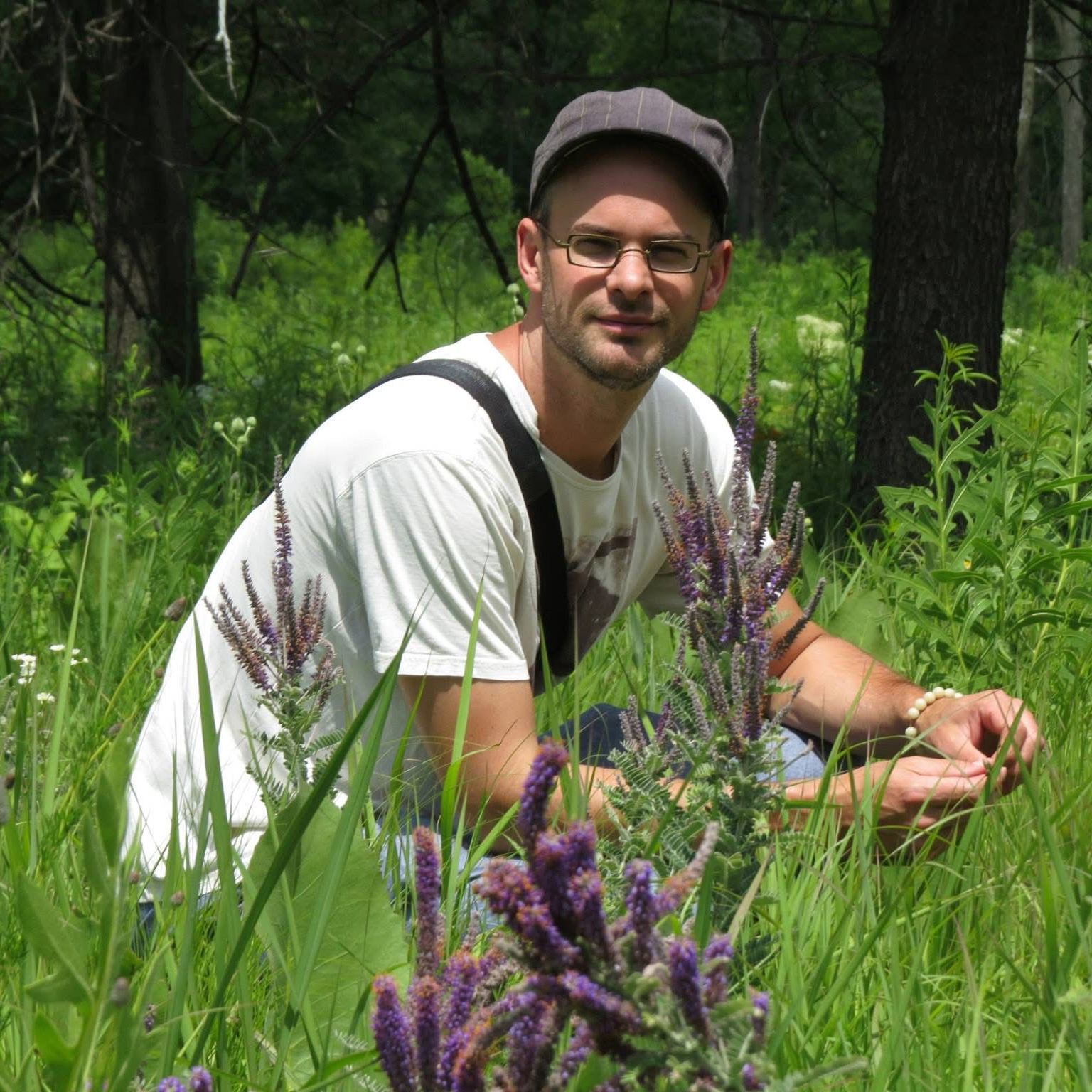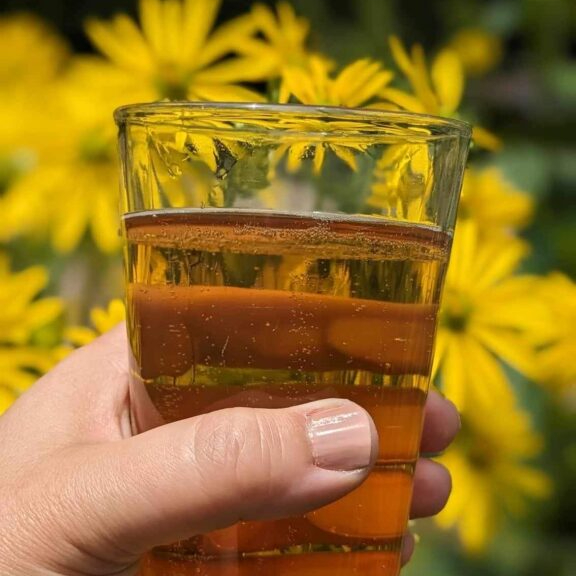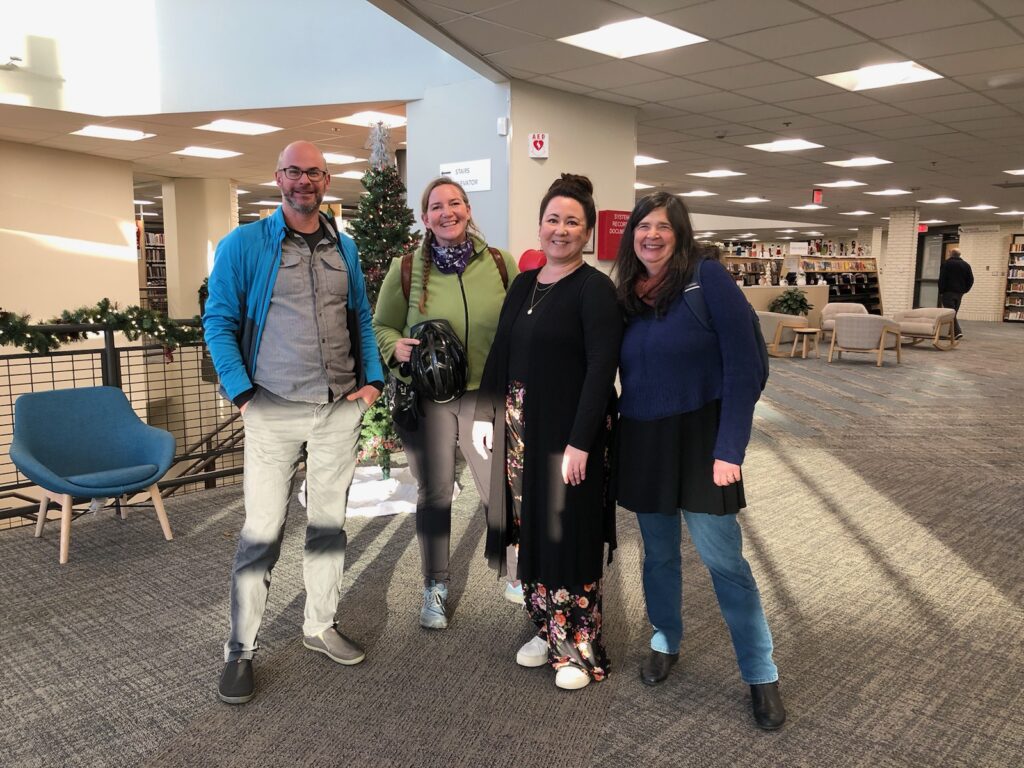Connecting people and native plants in southwest Michigan
Our January Program

Native garden designer and advocate Mike Weis will present “Oak Savanna Garden Design: Going Beyond ‘Prairie Style’ Pollinator Gardens To Maximize Ecological Services in your Yard”
Wednesday, January 28
Portage District Library
Social time begins at 6pm
Program begins at 6:30pm
Pints and Native Plants

Our monthly social continues! Come by to chat about native plants over local brews.
7:00pm on third Thursdays at Brewery Outré
December 18
Our February Program

Plant ecologist Tyler Bassett will present “What Does It Mean to be Rare?,” an in-depth discussion of MNFI’s management of the state’s rare-plant species data.
Wednesday, February 25
Portage District Library
Social time begins at 6pm
Program begins at 6:30pm
Collaborate • Educate • Advocate

Help Us Connect People with Native Plants
We elect chapter officers every year in November. You can join one of our service committees any time, or get hands-on native landscaping experience through our community projects from spring through early fall.
Our Purpose – Your Importance
Native plants are part of our rich natural heritage here in Southwest Michigan. The Kalamazoo Area chapter of Wild Ones was established to help inform, educate and offer resources to people interested in learning about native plants. There simply isn’t enough protected or potentially protectable land to depend on its saving our birds, mammals, amphibians and insects, including pollinators.
You can make a difference—no matter the size of your yard
“Whether you live in the city or the country, on a small lot or a large property, you can help preserve the biological diversity of southwest Michigan by reducing the size of your lawn (or eliminating it entirely) and replacing it with native plants. These plants, as opposed to non-native ones, support the herbivorous insects on which all other wildlife—and we ourselves—directly or indirectly depend.”
You can make a difference—by making simple changes
“By planting a diverse assortment of native trees, shrubs, wildflowers and grasses in your yard, you’ll be doing your part to replace the vast amount of habitat that has been lost to development or destroyed by invasive non-native plants. You’ll be helping to slow the rapid extinction of species already under way and providing protection for the plants and animals of our region against the coming rigors of climate change, with its increased temperatures and scarcity of water.”

You can make a difference—and you can see it
“For using native plants to supply food and shelter for wildlife, you’ll be richly rewarded right away. Your yard will come alive with butterflies and birds, which—along with the constantly changing spectacle of the plants themselves—will provide a year-round source of interest and drama. You and your family will be drawn ever closer into a rich and satisfying relationship with nature.”
” ” as articulated by Nancy Small, co-founder of KAWO
Learn more about the importance of native plants at
Follow us through our newsletter and on social media
Support Kalamazoo Area Wild Ones
